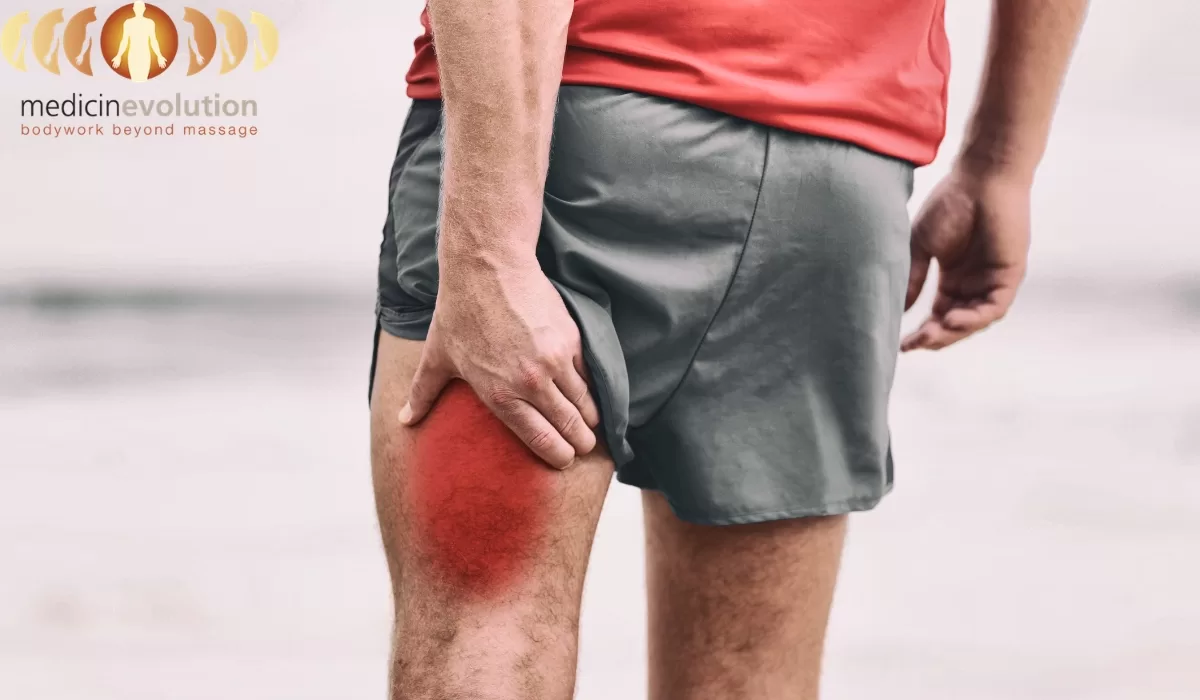Who benefits from SI?
Structural integration has benefited all kinds of people. Some help relieve chronic pain and stress; others hope to improve performance during sports, or intense physical activities. The structural alignment of the body for both children and older people has proven extremely beneficial. However, for people with infections, fevers, acute inflammation and recent traumas, structural integration is contraindicated. Also contraindicated are certain forms of rheumatoid arthritis, serious osteoporosis and osteomyelitis.
There are many known benefits to Structural Integration, as we will list below.
- Structural Integration promotes mobility.
- Structural Integration in the fascial network of the body can solve unhealthy patterns. Following Structural Integration, fascia and muscle layers glide more freely and joint mobility is improved. As a result, the whole body promotes mobility and flexibility. The range of movement increases and movement becomes more graceful and smoother.
- Structural Integration improves breathing.
- The freeing of the breath is one of Structural Integration’s goals. Complete and deep inhalation should be as easy as possible, exhalation should be relaxed and a person should be allowed to relax. Structural Integration focuses on improving thoracic mobility in order to breathe freely, and to allow each breath to stretch over the whole body. Myofascial tissues are often short on the front of the shoulder and shoulder cage. The ribs can not therefore move freely every time they are inhaled— 15,000 to 20,000 times a day. Over time, the shorter frontal structures are often more limited to not only the breathing, but also to the mobility of the organ. Even a single Structural Integration session can often provide significant relief in many cases.
- Structural Integration improves posture.
- Structural Integration is a process that systematically rearranges the body by adjusting the imbalances in the myofascial tissue to make it less stressful. Our bodies have the opportunity to use gravity, and not to feel pulled down by it. The ears, the shoulders, the pelvic, knees, and the ankles will be increasingly aligned along this vertical line by observing the body from one side during the Structural Integration 10 series. The structure of the body is then equilibrated.
- Structural Integration leads to greater balance and stability.
- As the body is smoothly positioned and moving better, the majority of customers feel that overall they are lighter–walking and standing. Simultaneously, they find more ground support. Your feet make better contact and you perceive your feet and legs for a safer foundation. As a consequence, they are stronger!
- Structural Integration can alleviate pain.
- Structural Integration ® can alleviate strain and discomfort in the body caused by tensional imbalances and impairments of movement. This helps reduce and resolve pain in the back of the pain, painful tension on the neck and shoulders, headaches, and hip, knee and foot discomfort.
To sum it all up, everyone can benefit from SI. It is made for everyone and anyone. IT helps with specific issues, but it also can aid in just the general increase in the enjoyment of life. It was designed to be personal, and it will be altered to fit people’s personal lifestyles.





